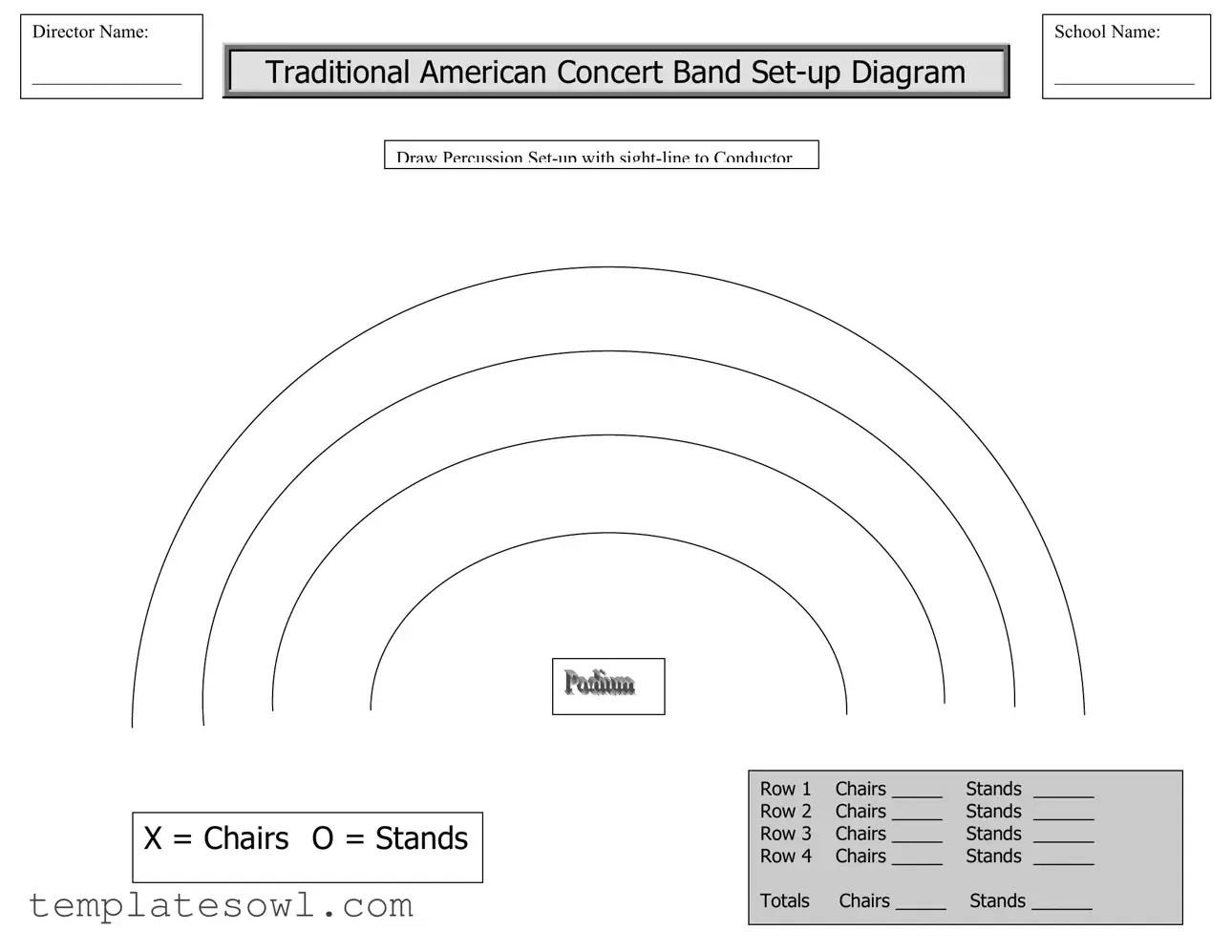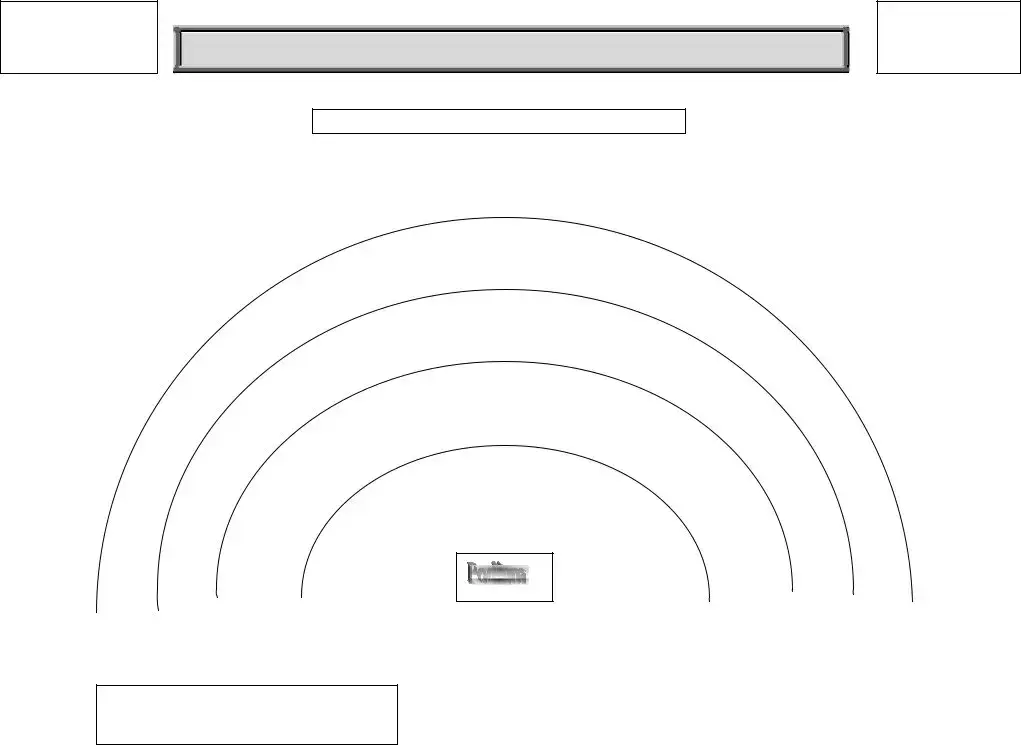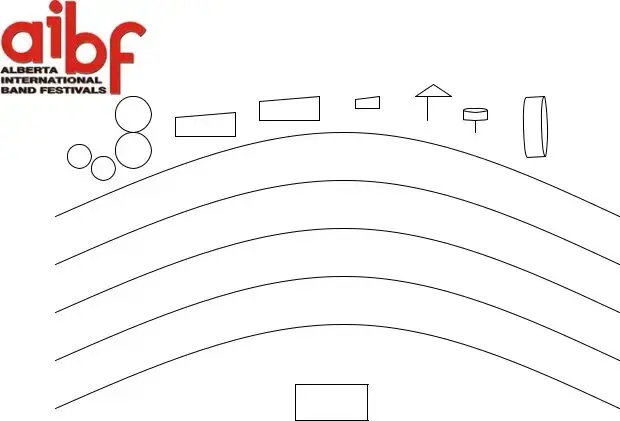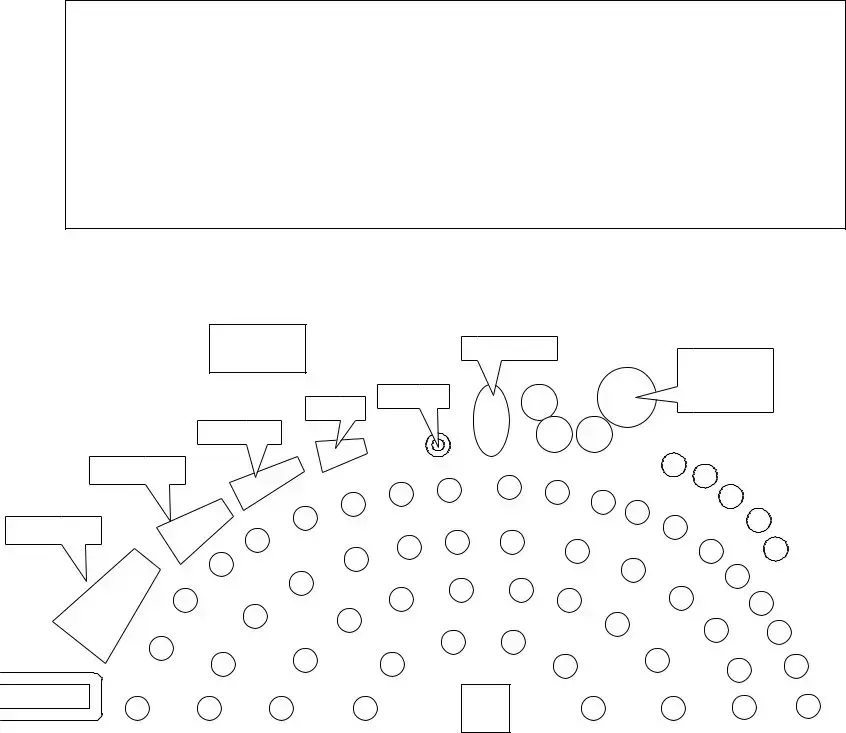What is the purpose of the Band Seating Chart form?
The Band Seating Chart form is designed to help organize the seating and setup for a concert band performance. It ensures that all musicians are appropriately placed in relation to each other and to the conductor, which is crucial for effective sound production and sightlines during the performance.
How should I fill out the form?
Begin by entering the director's name and the school name at the top of the form. Then, using the provided seating diagram, determine the number of chairs and music stands required for each row. Input these numbers clearly. Be sure to indicate the setup for percussion as well, since their arrangement is fixed. Finally, complete the performance date and time sections at the bottom of the form.
What should I do with the completed form?
Once you have completed the Band Seating Chart form, it must be faxed to 780-438-1465, attention Rob Speers, before the specified deadline. Make sure to verify that the fax goes through to avoid any last-minute issues on performance day.
Is there a deadline for submitting the form?
Yes, the form must be submitted prior to March 1, 2008. It is important to adhere to this deadline to ensure that the stage crew has enough time to prepare the setup according to your specifications.
What happens if I do not submit the form on time?
If the form is not submitted by the deadline, there is a risk that the stage setup may not meet your needs for the performance. This could affect the overall success of the concert, as proper seating and sightlines play a significant role in musicians' ability to perform well together.
Can I change the seating arrangement after submitting the form?
While it may be possible to request changes after submitting the form, such adjustments are not guaranteed. Changes will depend on the ability of the stage crew to accommodate your new requests. It is always best to finalize your seating arrangement prior to submission to avoid last-minute complications.
What should I do if I have questions about the form or the setup?
If you have any questions or need clarification about filling out the form or the setup itself, it is advisable to contact the event organizers or the stage crew directly. They can provide guidance and any additional information needed to assist you in completing the form correctly.



